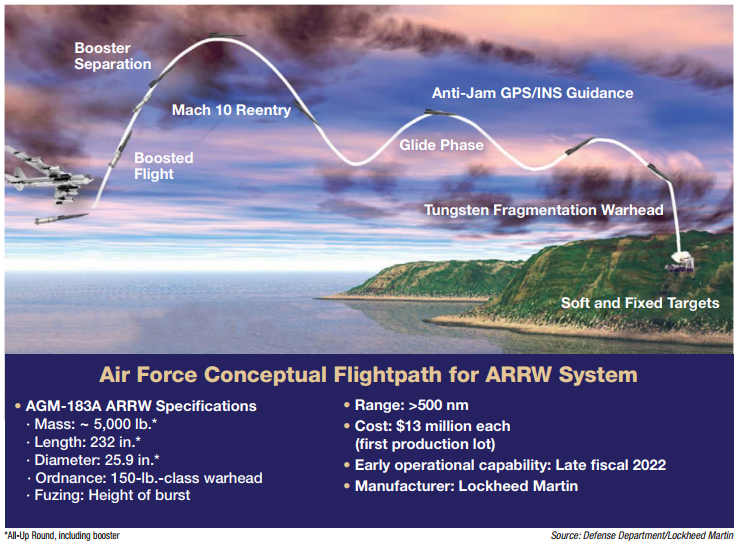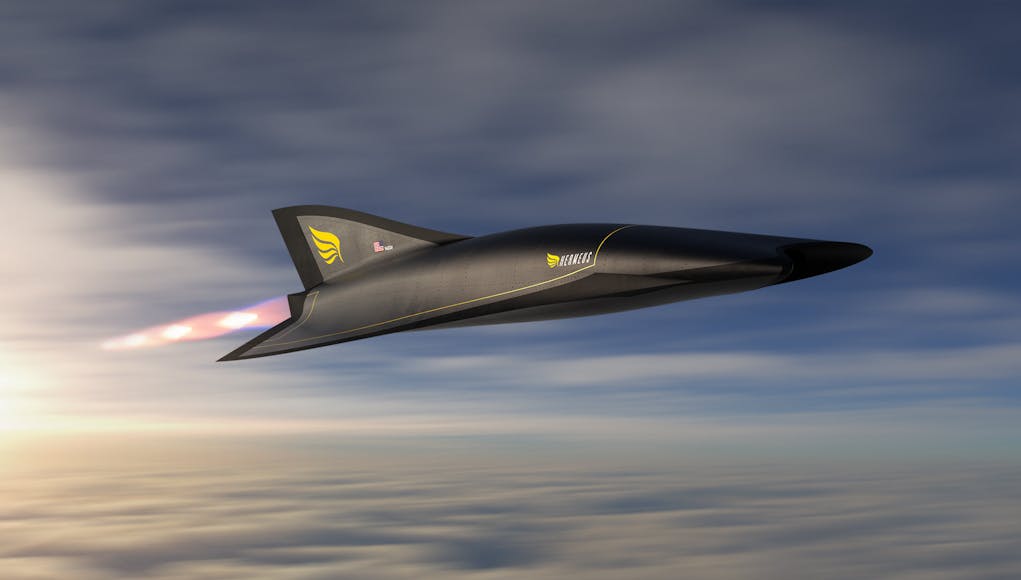The appearance of a promising hypersonic missile system LRHW of the US Army
October 6th, 23:19
On October 5, 2021, the US Department of Defense released images of the 5th Battalion (Division) of the 3rd Artillery Regiment of the 17th Field Artillery Brigade of the US Army stationed at the Lewis McCord Joint Base in Washington State receiving training samples and an experimental first battery for training to the operation of the LRHW (Long Range Hypersonic Weapon) hypersonic missile system, which was recently officially named Dark Eagle. The pictures show several mass-dimensional models of transport and launch containers for LRHW missiles, as well as two towed launchers on semi-trailers transported by Oshkosh HEMTT A4 M983A4 Patriot (8x8) tractors.
It is indicated that the pictures were taken on 14 (transfer of two launchers) and 15 (transfer of mass-dimensional models of transport and launch containers of missiles) September 2021, while it is stated that the transfer should end with a ceremony at the Lewis-McCord joint base on October 7.
Both delivered launchers of the experimental first battery of the LRHW complex have their own names Stormbreaker and Hyperion. Each launcher carries two transport and launch containers for LRHW missiles.
Recall that the ground-based missile system LRHW (Long Range Hypersonic Weapon) Dark Eagle isin fact, a ground-based medium-range ballistic missile AUR (All-Up-Round), equipped with a universal guided maneuverable hypersonic warhead Common-Hypersonic Glide Body (C-HGB) performed by Block 1. The firing range of the complex is officially declared at 1725 miles (2775 km) ...
The LRHW program is led by Lockheed Martin Corporation, working in conjunction with the US Army Hypersonic Project Office; part of the US Army Rapid Capabilities and Critical Technologies Office, Sandia National Laboratories ( Sandia National Laboratory) of the US Department of Energy and with the participation of the US Missile Defense Agency and Dynetics Technical Solutions (DTS), Integration Innovation Inc. (i3), Verity Integrated Systems, Martinez & Turek, and Penta Research.
Sandia National Laboratories originally developed both the main components of the LRHW system - C-HGB and AUR, but now the lead role in R&D has been transferred to Lockheed Martin. The C-HGB hypersonic warhead is generally being developed to equip the weapons systems of the three types of American armed forces (army, air force and navy). The AUR missile will also be used by the US Navy.
The AUR missile has two solid-propellant stages with a hull diameter of 34.5 inches (887 mm), and in general, the LRHW complex weighs in an equipped state. The rocket will be launched from a transport and launch container about 10 m long with a two-container ground towed mobile launcher with an Oshkosh HEMTT A4 M983A4 Patriot (8x8) tractor. The launcher semi-trailer is a modified M870 semi-trailer of the Patriot air defense missile launcher. The missile system will use the standard American missile and artillery fire control system AFATDS in performance 7.0 for fire control. The standard battery of the LRHW system will include four dual-container launchers and one fire control vehicle.
Presumably, the C-HGB gyrosonic warhead is based on the Advanced Hypersonic Weapon (AHW) experimental hypersonic warhead developed by Sandia National Laboratories (AHW), which was flight tested in 2011 and 2012 and reached a speed of 8M. For the C-HGB, the speed of "more than 5M" is officially announced so far.
Two test launches of the Common-Hypersonic Glide Body (C-HGB) universal guided maneuverable gliding warhead were carried out on October 30, 2017 and March 19, 2020 using the STARS-4 solid-propellant launch vehicle specially developed by Sandia National Laboratories .
In August 2019, the US Army awarded contractsLockheed Martin in the amount of $ 347 million for the development and creation of a prototype LRHW, and Dynetics Technical Solutions (DTS) in the amount of $ 352 million for the production of the first serial set of the C-HGB universal guided maneuverable gliding hypersonic warhead.
The US Army planned to start testing LRHW in 2021 with test launches about every six months, but now the start of flight tests has been postponed to 2022. Already in the 2023 fiscal year, it is planned to start the deployment of the first battery of the LRHW system with its setting on "experimental combat duty" as part of the 5th battalion (division) of the 3rd artillery regiment of the 17th field artillery brigade of the US Army, and now this battery has received first materiel and training equipment. Now the brigade includes two divisions (battalions) equipped with M142 HIMARS missile systems (including the 5th battalion of the 3rd artillery regiment). Subsequently, the serial batteries of the LRHW Dark Eagle system should be reduced to "strategic fire engagement battalions"
The US Navy, in turn, is carrying out the Conventional Prompt Strike (CPS) ship-based hypersonic missile program, which is actually a shipborne version of the LRHW in the same combination of C-HGB and AUR. The CPS missile is supposed to be used from surface ships and submarines. The CPS is slated to reach its initial operational capability in FY2025, when the missile is to be deployed on US Zumwalt- class destroyers. From fiscal 2028, the CPS missile is to be deployed on Virginia Block V -class nuclear-powered multipurpose submarines equipped with Virginia Payload Module (VPM) weapon modules.












 Obtaining two prototypes of a mobile launcher and mass-dimensional mock-ups of transport and launch containers for missiles of the promising American LRHW (Long Range Hypersonic Weapon) Dark Eagle ground-based hypersonic missile system by the 5th battalion (division) of the 3rd artillery regiment of the 17th field brigade US Army Artillery in Lewis McCord, Washington State, 14-15.09.2021 (c) Kyle Larsen / US Army
Obtaining two prototypes of a mobile launcher and mass-dimensional mock-ups of transport and launch containers for missiles of the promising American LRHW (Long Range Hypersonic Weapon) Dark Eagle ground-based hypersonic missile system by the 5th battalion (division) of the 3rd artillery regiment of the 17th field brigade US Army Artillery in Lewis McCord, Washington State, 14-15.09.2021 (c) Kyle Larsen / US Armyhttps://bmpd.livejournal.com/4408204.html




 US hypersonic
US hypersonic
















